Sage, Sefakuss
₹250.00 Original price was: ₹250.00.₹200.00Current price is: ₹200.00.
(MRP Inclusive of all taxes)
- Shipping Rs 100 for entire order
- Dispatch in 8-10 days
- Country of origin: India
Description for Sage, Sefakuss
Sage is a hardy perennial with soft, grayish green leaves. Its flower colors vary, they can be purple, pink, blue, or white.
Sage is a hardy perennial with soft, grayish green leaves. Its flower colors vary; they can be purple, pink, blue, or white. Common sage is used most commonly for cooking; it’s a classic in stuffing. Easily grown in average, dry to medium, well-drained soils in full sun. Sharp soil drainage is especially important. Avoid wet, poorly drained soils. Plants have good drought tolerance
| Common name | Flower colours | Bloom time | Height | Difficulty |
|---|---|---|---|---|
| Perovskia atriplicifolia | Greenish white | July to October | 1.5 to 2 feet | Easy to grow |
Planting and care
Sage can grow from seeds, but the best way to grow high-quality sage is from cuttings from an established plant. You can start the seeds/cuttings indoors 6 to 10 weeks before the last spring frost. Plant the seeds/cuttings in well-drained soil 1 to 2 weeks before the last spring frost. Plant the seeds/cuttings 24 to 30 inches apart. For best growth, the soil should be between 60º and 70ºF. Plants should grow to be between 12 and 30 inches in height. In the garden, plant near rosemary, cabbage, and carrots, but keep sage away from cucumbers.
| Sunlight | Soil | Water | Temperature | Fertilizer |
|---|---|---|---|---|
| Full sun | Well drained soil | Medium | 20 to 25 degrees C | Apply any organic fertilizer |
Caring for Sage
- Be sure to water the young plants regularly until they are fully grown so that they don’t dry out.
- Prune the heavier, woody stems every spring.
- It’s best to replace the plants every 4 to 5 years to ensure the best quality.
Harvesting
- During the first year, harvest lightly to ensure that the plant grows fully.
- After the first year, be sure to leave a few stalks so that the plant can rejuvenate.
- If fully established, one plant can be harvested up to three times in one season.
- Sage’s flavor is best when fresh, but it can be stored frozen or dried.
- To dry, leave the branches in the sun; once dried, remove the leaves and store them in an airtight container.
Typical uses of Sage
Special features:
Ornamental use: The plant is used for ornamental purpose.
Be the first to review “Sage, Sefakuss” Cancel reply
Related products
Indoor Foliage Plant
Indoor Plants
Indoor Plants
Indoor Herbs & Edibles
Indoor Plants
Indoor Plants
Indoor Plants
Indoor Plants



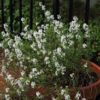
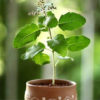
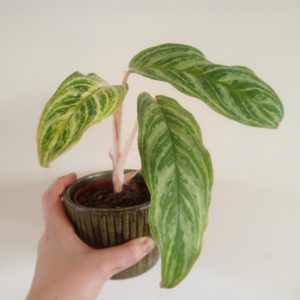
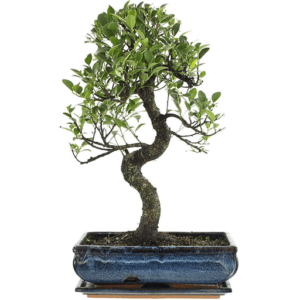
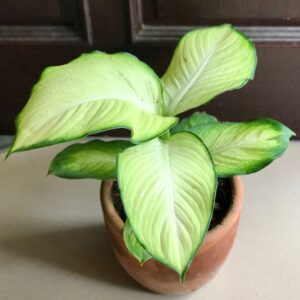
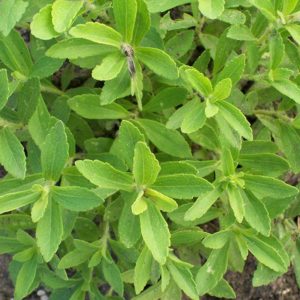
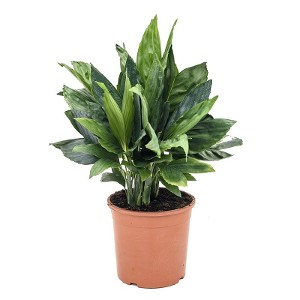
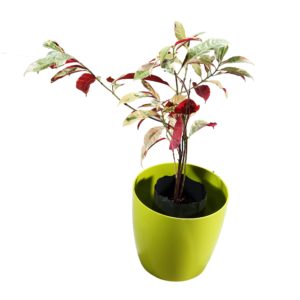
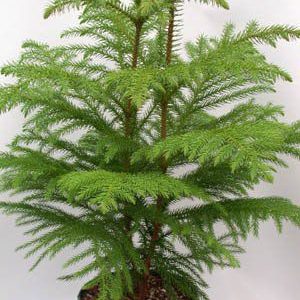
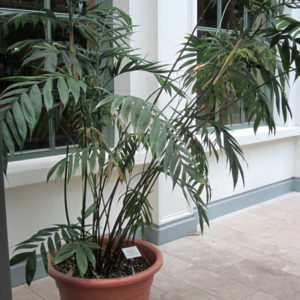
Reviews
There are no reviews yet.